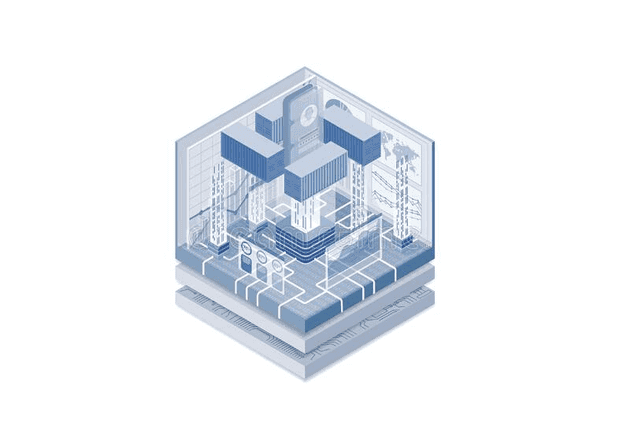Containerization has been a game-changer in modern IT infrastructure. It is a method of packaging software into lightweight, portable, and isolated units known as containers. These containers provide a consistent and reliable runtime environment for applications to run in any infrastructure. Containerization has become a popular choice for developers and operations teams due to its flexibility, scalability, and efficiency. In this blog post, we will explore the role of containerization in modern IT infrastructure and its benefits.
Benefits of Containerization:
Containerization provides several benefits for modern IT infrastructure. Here are some of the key benefits:
Portability: Containers are lightweight and portable, making it easy to move them from one environment to another. This means that applications can run consistently across different infrastructure environments, from development to production.
Efficiency: Containers are designed to be lightweight and require fewer resources than traditional virtual machines. This means that applications can run more efficiently, with faster startup times and lower resource consumption.
Isolation: Containers provide an isolated environment for applications to run in, which means that they can run without interference from other applications or the underlying operating system.
Scalability: Containers can be easily scaled up or down based on demand, allowing applications to handle traffic spikes and other workload changes.
Containerization and Modern IT Infrastructure:
Microservices Architecture:
Containerization is an integral part of microservices architecture, which is a modern approach to building complex applications. Microservices architecture breaks down applications into smaller, independently deployable services that communicate with each other through APIs. Containers provide a way to package and deploy these microservices independently, making it easier to manage complex applications.
DevOps:
Containerization has become a cornerstone of modern DevOps practices. DevOps is a set of practices that brings together development and operations teams to improve the software delivery process. Containers provide a consistent runtime environment for applications, making it easier for developers to build and test applications in a controlled environment.
Cloud Computing:
Containerization has become an essential component of cloud computing. Cloud providers offer container-based services that enable developers to deploy applications in a cloud environment quickly. Containers provide a consistent runtime environment that can be easily moved from one cloud provider to another, providing flexibility and scalability.
Conclusion:
Containerization has become an essential component of modern IT infrastructure. Its benefits, including portability, efficiency, isolation, and scalability, make it an ideal choice for modern application development and deployment. Containerization has become a cornerstone of microservices architecture, DevOps, and cloud computing. With containerization, developers can build and deploy applications quickly and reliably, making it an indispensable tool for modern IT infrastructure.
